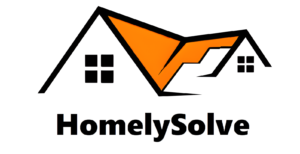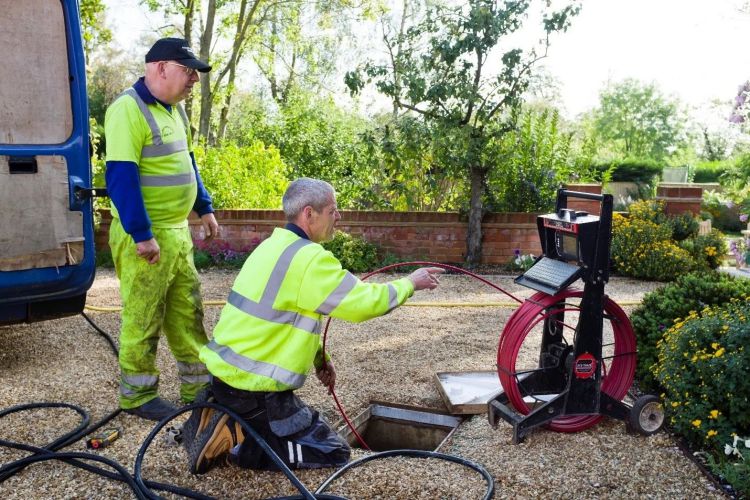When plumbing issues hide deep underground, guessing rarely solves the problem. Modern technology now allows professionals to see directly inside your sewer line without digging or disrupting your yard. A sewer camera inspection provides a clear view of what’s happening below the surface—revealing blockages, cracks, or other structural problems that routine maintenance can’t uncover.
Homeowners often want to know the average sewer camera inspection cost before scheduling a professional assessment of their plumbing system. The price varies depending on pipe length, access difficulty, and regional service rates, but the insight gained from a single inspection often prevents thousands of dollars in unexpected repairs later.
Why Sewer Line Inspections Matter
Ignoring early warning signs such as slow drains or gurgling toilets can allow hidden problems to worsen. A camera inspection acts like a diagnostic test for your underground infrastructure. Using a waterproof, high-resolution camera attached to a flexible cable, plumbers can navigate through the line and identify the precise source of trouble.
This process eliminates guesswork. Instead of assuming the issue lies somewhere in the pipe, technicians confirm the condition of every segment. That accuracy means faster solutions, smaller repair zones, and reduced costs. For older homes—especially those built before the 1980s—inspections can also verify the type of material used, revealing if replacements may soon be necessary.
How the Process Works
Each inspection begins with a careful setup. The technician locates an entry point, usually a cleanout or drain opening, then threads the camera through the pipe system. Real-time footage appears on a monitor, showing everything from minor buildup to complete collapses.
Depending on what the technician discovers, they can mark the pipe’s location and depth using a signal transmitter. This helps plan targeted repairs without unnecessary excavation. Once finished, many companies share a video recording or digital report summarizing findings, allowing homeowners to make informed maintenance decisions.
Common Issues Revealed by Sewer Cameras
A sewer line can fail for numerous reasons, not all visible from the surface. Camera technology exposes these problems long before they cause a backup or flooding:
- Tree roots breaking through joints or seams
- Grease accumulation is narrowing pipe diameter
- Shifting soil is causing misalignment
- Deteriorated cast iron or clay sections
- Foreign objects trapped in bends
Spotting these conditions early gives property owners a chance to schedule timely cleaning or pipe replacement, avoiding sudden emergencies.
Advantages of Getting an Inspection
Requesting a camera inspection delivers more than peace of mind. It provides actionable information for better planning and budgeting. Property buyers use it during real-estate transactions to confirm hidden infrastructure quality, while long-term residents rely on it to assess recurring drainage problems.
The recorded footage also serves as proof when negotiating repairs with contractors or filing insurance claims. Having clear evidence shortens approval times and prevents disputes about what truly needs replacement.
When to Schedule a Sewer Camera Inspection
Plumbing systems don’t announce their condition. Scheduling an inspection at the right moment saves both time and money. Ideal situations include:
- Purchasing or selling a property with an older sewer system
- Experiencing repeated clogs in the same area
- Noticing foul odors coming from drains
- Observing wet patches in the yard without a visible cause
- Planning a large renovation involving plumbing reroutes
Even if everything seems fine, proactive homeowners often request a check every few years to verify the system’s long-term health.
What to Expect from Professional Results
After reviewing the video, technicians interpret findings and recommend specific next steps. Sometimes the solution involves hydro jetting to remove scale or debris. In other cases, they may suggest trenchless relining, which installs a new pipe layer inside the damaged one without excavation.
Detailed reports typically include timestamps, distance measurements, and still images captured during the inspection. These details help track deterioration over time, so future evaluations can compare conditions accurately.
If the inspection shows damage that needs more than cleaning, many homeowners turn to Pipe Relining Northern Beaches for a no-dig repair option. It restores the line from inside the old pipe, which avoids disruption and keeps the property intact.
Cost, Value, and Preventive Savings
While pricing differs between regions, most inspections range from $150 to $500. That investment quickly pays for itself if it helps avoid replacing several feet of broken sewer line—a repair that can cost several thousand dollars. Beyond savings, understanding the true state of your plumbing protects property value and household safety.
Before booking, always confirm whether the service includes a full digital report and post-inspection consultation. Transparent communication ensures that every homeowner understands what they’re paying for and what the results actually mean.
The Takeaway
A sewer camera inspection transforms hidden plumbing mysteries into visible, solvable facts. Knowing what flows beneath your home gives you control over maintenance planning and protects your property from severe damage. For any homeowner serious about preserving comfort, safety, and value, investing in professional sewer imaging isn’t optional—it’s smart preventive care.

